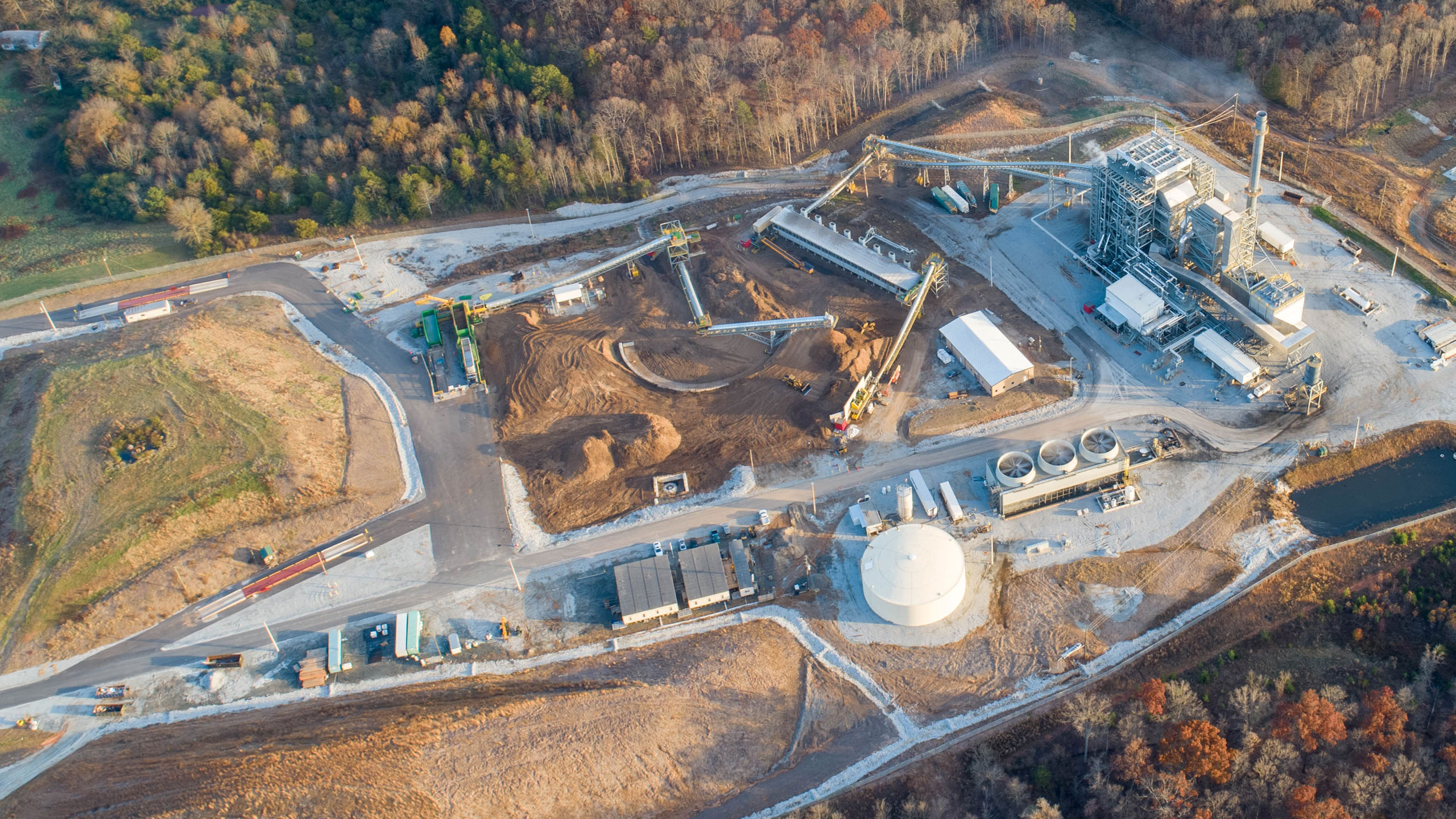Should we assume a titanium mine started by the same people would be any better
than the stinking biomass plants they started?
You can ask the Georgia government to stop the mine that would be far too close to the Okefenokee Swamp.
And don’t forget to vote for people who support clean air and water!
The “clean” wood-burning biomass plants in north Georgia stink so bad
a chicken CAFO operator says he can smell it.
So bad people working at the plant get sick with masks on.
So bad local people say they were betrayed and a local government is suing.
So bad it’s caused a fish kill in a nearby creek.
So bad investors are suing.
So bad it’s behind in its taxes.

Photo: Franklin Locality, Problem: GRP Pollution
So bad local people say no amount of jobs is worth it.
One asks, “did you have anybody investigate the two companies
that run that plant; had they ever had EPD/EPA violations, had they
ever been sued or had formal complaints brought against them”?
Well, many people investigated Twin Pines Minerals, LLC,
and found TPM is under a Florida Consent Order for multiple violations
just across the GA-FL line.
Yet the Charlton County, Georgia, Board of Commissioners passed a resolution
in favor of that titanium mine.
Maybe they should review that decision in light of this track record
of another project by the same people.
Maybe GA-EPD should take all this into account while considering TPM’s
five permit applications.
And then reject those applications.
You can help by asking them to do so.
And don’t forget to vote for people who will protect our waters and people.
Lee Shearer, Athens Banner-Herald, 12 September 2015,
Alabama company plans wood-burning electricity plants near Athens,
The EPD’s Air Quality Branch earlier this summer approved one of the
two pollution permit applications filed by GreenFuels Holding
Company of Birmingham for a 79 megawatt plant near the Franklin
County town of Carnesville.
The company filed its application for a 58 megawatt plant near
Colbert about two weeks ago. State officials won’t begin to evaluate
it for another couple of weeks, until a 30-day window has passed
when the public can make formal comments, said Eric Cornwell, the
Air Quality Branch’s program manager for stationary source
permitting.
GreenFuels has a policy to not comment publicly to media, said
GreenFuels vice president Steven Ingle.
Yes, the same Steven Ingle who is president of Twin Pines Minerals LLC
that already has equipment on its mine site within a few miles of the
Okefenokee National Wildlife Refuge.
But Ingle tells us that mine will be safe.
Which is also what his biomass LLC told everybody.
Biomass has become the new coal, Continue reading →




![[Adel spill]](https://www.wwals.net/pictures/2020-10-10--adel-spill/adel-spill.jpg)
![[Charts and Map: Ashburn spills to GA-FL line]](https://www.wwals.net/pictures/2020-09-27--ashburn-spills/many.jpg)
![[Withlacoochee, Quitman spill, Running Springs, Suwannee]](https://www.wwals.net/pictures/2020-04-24--quitman-spill-wq/many.jpg)
![[Little, New, Withlacoochee, Summary, Alapaha River]](https://www.wwals.net/pictures/2020-09-30--sewage-spills-suwannee-river-basin/many.jpg)
![[Map: All green on Swim Guide]](https://www.wwals.net/pictures/2020-08-06--wq/big/map-swim-guide-green.jpg)
![[Page 01]](https://www.wwals.net/pictures/2020-08-02--wq-situation/2020-08-02--WWALS-Water-Quality-Situation-0001.jpg)
![[Heavy Mineral Mining In The Atlantic Coastal Plain-0006]](https://www.wwals.net/pictures/2019-09-12--wwals-usace-tpm/Heavy-Mineral_Mining_in_the_Atlantic_Coastal_Plain-0006.jpg)